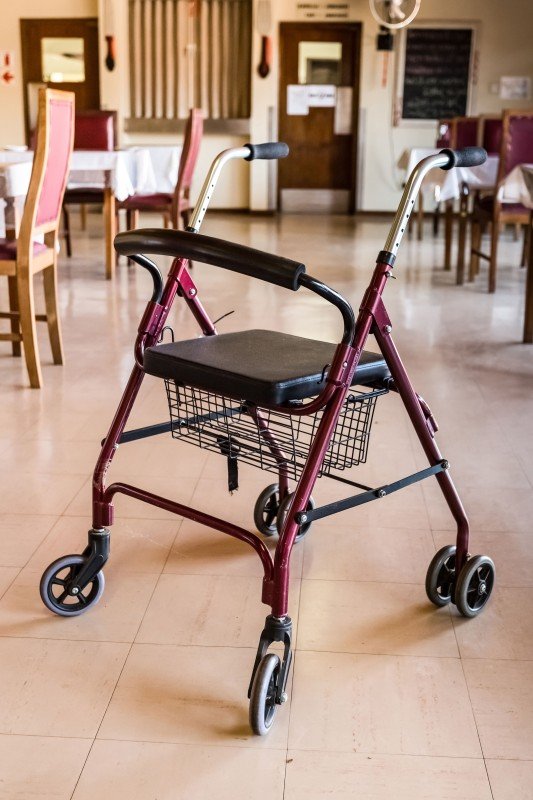Navigating the World of Mobility Scooters: A Comprehensive Guide
In a period where mobility is increasingly acknowledged as an essential aspect of lifestyle, the need for assistive devices has risen. Amongst these, mobility scooters stand apart as a flexible and empowering alternative for individuals with mobility obstacles. best lightweight mobility scooter uk into the world of mobility scooters, using insights into their types, advantages, acquiring considerations, and upkeep suggestions.
Understanding Mobility Scooters
Mobility scooters are motorized automobiles designed to assist individuals with mobility concerns in moving more easily and separately. They are particularly useful for those who find walking difficult due to conditions such as arthritis, multiple sclerosis, or post-surgical recovery. Unlike manual wheelchairs, mobility scooters require minimal physical effort, making them an exceptional option for extended usage.
Kinds Of Mobility Scooters
Three-Wheel Scooters
- Pros: More maneuverable, lighter, and much easier to store.
- Cons: Less stable on rough terrain.
- Best For: Indoor and smooth outside surface areas.
Four-Wheel Scooters
- Pros: More steady, better on rough surface, and can bring heavier loads.
- Cons: Bulkier and less maneuverable.
- Best For: Outdoor use, especially in parks and on uneven surfaces.
Portable Scooters
- Pros: Lightweight, foldable, and easy to transportation.
- Cons: Limited range and speed.
- Best For: Travel and periodic usage.
Sturdy Scooters
- Pros: Built to deal with heavier users and rugged environments.
- Cons: More costly and less portable.
- Best For: Users over 300 pounds or those who require to navigate rough terrain.
Standing Scooters
- Pros: Provide a standing position, which can be beneficial for users who can not sit for extended periods.
- Cons: Limited stability and range.
- Best For: Users who prefer standing and need short-distance help.
Advantages of Mobility Scooters
Enhanced Independence
- Mobility scooters allow users to travel longer distances without tiredness, allowing them to take part more totally in everyday activities and gatherings.
Improved Safety
- With functions like seat belts, anti-tip wheels, and brake systems, mobility scooters provide a much safer option to manual wheelchairs and strolling aids.
Comfort and Support
- Adjustable seats, backrests, and armrests make sure a comfortable ride, reducing the stress on the user's body.
Affordable
- While the initial investment can be substantial, mobility scooters are frequently more cost-efficient in the long run compared to frequent taxi trips or specialized transport services.
Social Inclusion
- Mobility scooters help with greater social interaction by making it possible for users to participate in neighborhood activities and maintain a more active lifestyle.
Factors to Consider When Buying a Mobility Scooter
User Needs and Abilities
- Assess the user's physical condition, mobility needs, and everyday activities to identify the most suitable kind of scooter.
Size and Weight Capacity
- Guarantee the scooter can accommodate the user's size and weight comfortably and securely.
Range and Speed
- Think about the normal range and speed required for everyday use. Some scooters have a variety of approximately 30 miles on a single charge.
Mobility
- If travel is a top priority, choose a portable scooter that can be easily dismantled and transferred.
Maintenance and Support
- Choose a reputable manufacturer that uses reliable customer support and upkeep support.
Budget plan
- Set a budget plan and check out options that provide the very best worth for money. Think about financing choices and potential insurance coverage.
Upkeep Tips for Mobility Scooters
Routine Cleaning
- Clean the scooter routinely to avoid dirt and particles from affecting its performance. Utilize a soft cloth and mild detergent.
Battery Maintenance
- Follow the maker's standards for battery charging and upkeep. Frequently check the battery level and prevent deep discharges.
Tire Inspection
- Inspect the tires for wear and proper inflation. Replace or fix as required to guarantee a smooth and safe ride.
Lubrication
- Lube moving parts such as the chain and equipments to reduce friction and avoid wear.
Professional Servicing
- Schedule regular expert servicing to resolve any problems and ensure the scooter remains in optimum condition.
FAQs About Mobility Scooters
Are mobility scooters covered by insurance?
- Some insurance plans, including Medicare, may cover the cost of mobility scooters under particular conditions. Contact your supplier for specific details.
Can I utilize a mobility scooter indoors?
- Yes, lots of mobility scooters are created for both indoor and outdoor use. Make sure the scooter appropriates for the type of surfaces you will be browsing.
How quick can mobility scooters go?
- The speed varies by model, however the majority of mobility scooters have a maximum speed of 4 to 8 miles per hour.
Do I require a license to operate a mobility scooter?
- In a lot of nations, a license is not required to run a mobility scooter. Nevertheless, it is essential to follow local policies and traffic laws.
Can I take a trip with a mobility scooter?
- Many mobility scooters are designed to be portable and can be taken apart for travel. Consult airline companies and transportation companies for specific requirements.
Mobility scooters are a transformative tool for people with mobility challenges, using a mix of independence, security, and comfort. By understanding the various types of scooters, thinking about essential buying elements, and following upkeep best practices, users can maximize their mobility scooter and lead a more active and satisfying life. Whether for day-to-day commutes or leisurely getaways, a well-chosen mobility scooter can be an important buddy on the journey to improved mobility and lifestyle.

